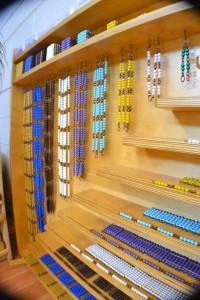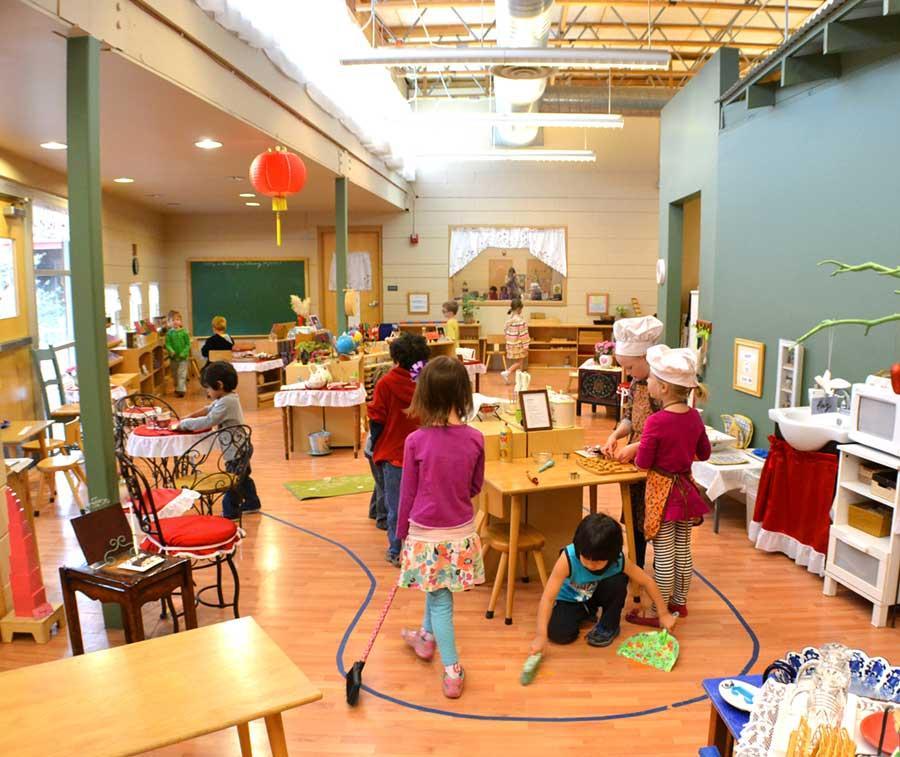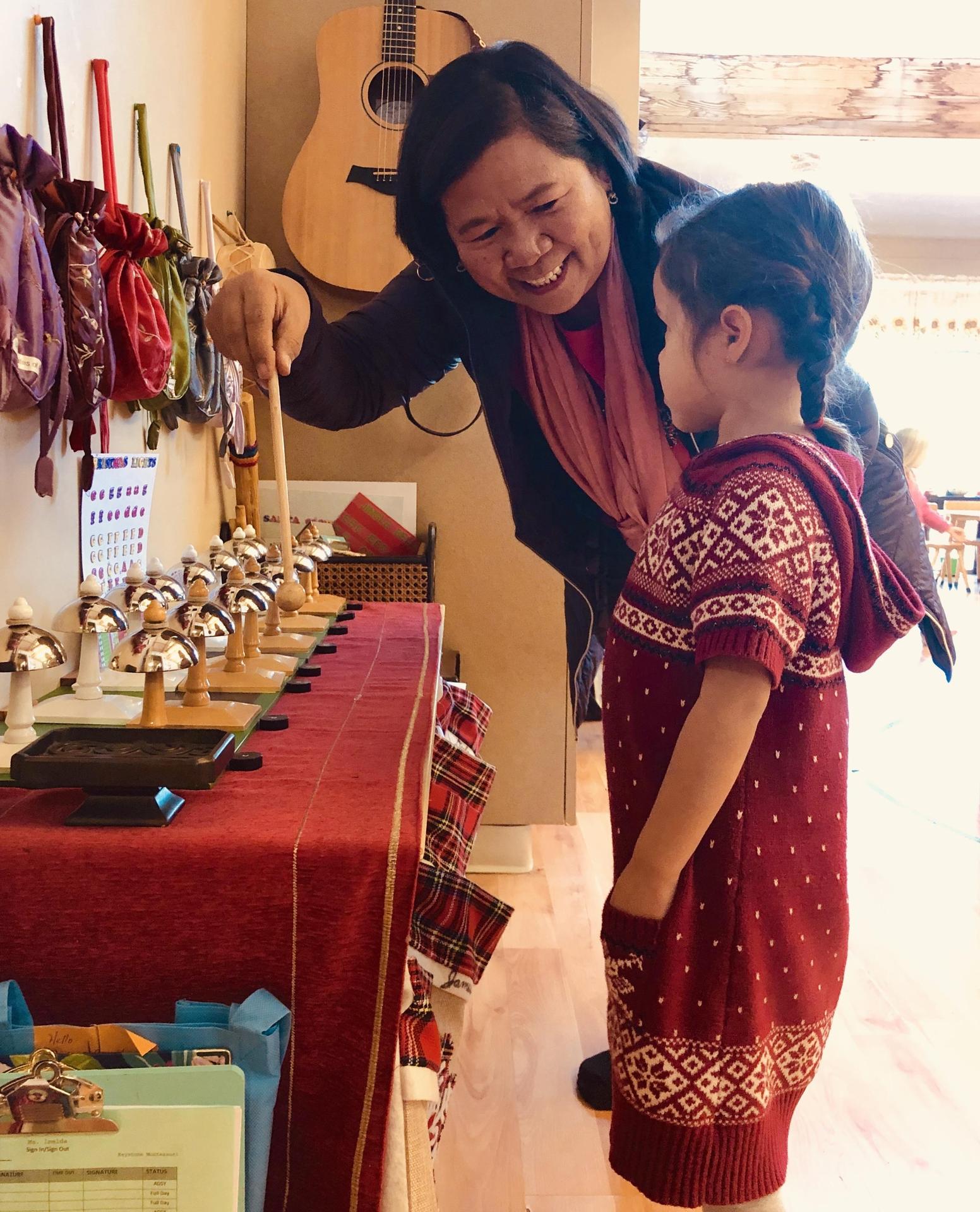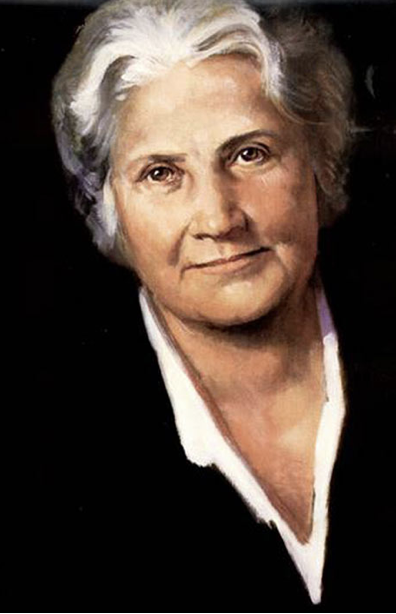About Montessori

The Multi-Age Classroom
Students join multi-age classrooms starting at age three, where they remain with the same group for three years. This nurturing environment allows children to grow, learn, and build lasting relationships within a supportive community. In these classrooms, older students become mentors and role models, naturally reinforcing their own learning as they help younger classmates. Younger children are motivated and inspired by observing what their older peers can do, learning not only through lessons but also through meaningful everyday interactions.
This approach encourages children to learn at their own pace, free from the limitations of traditional grade levels. When a student is ready for new challenges, they’re empowered to pursue them — without waiting for the next school year. The result is a dynamic, collaborative classroom where every child thrives and feels valued.
One of the greatest strengths of our multi-age classrooms is the meaningful connection that forms between teachers and students over three years together. This extended time allows teachers to truly understand each child — their interests, strengths, and areas where they may need extra encouragement. With this deep, personal knowledge, teachers can tailor lessons and offer individualized opportunities that align with a child’s natural curiosity. Whether a student is ready to dive deeper into a favorite subject or take on new challenges, our teachers are there to support and guide them every step of the way. The consistency of a stable, nurturing environment also encourages children to take healthy academic and social risks — an essential part of learning and personal growth.
This thoughtful approach is grounded in Dr. Maria Montessori’s observation-based theory of human development, ensuring that every aspect of the classroom experience is designed to meet the evolving needs of each child.
Montessori Materials

In a Montessori classroom, you’ll often hear children excitedly talking about their “work”. Each piece of Montessori material is carefully designed to help children explore new concepts in a hands-on, meaningful way. What makes these materials special is that they’re self-correcting. A child working with them doesn’t need constant oversight because the materials themselves reveal whether the activity has been completed correctly. For example, a puzzle piece might only fit one way, or a math activity might visually show an imbalance if something is missing. This builds independence, confidence, and problem-solving skills.
Montessori materials also make abstract ideas tangible. In our Children's House classrooms, students learn letter sounds by tracing sandpaper shapes with their fingers — building muscle memory before they can even hold a pencil. In math, colorful bead chains help children visualize addition, subtraction, and multiplication by physically moving and counting objects. These experiences create a strong foundation for future learning by connecting movement, senses, and ideas in memorable ways.
Montessori materials are sequential. Each work prepares the child for the one after it, which adds to their learning. Materials also have depth, in that they can be used to teach a variety of concepts. A good example of this is the binomial cube, a cube composed of 8 wooden blocks which fit together in a binomial pattern, representing the cube of two numbers, (a + b). This work is first used as a three-dimensional puzzle to help the child learn to recognize patterns. Later, students use it to physically represent the algebraic equation (a+b)3. New ideas can be introduced through the use of familiar works as children mature, which makes learning feel like a natural unfolding rather than a series of unconnected concepts.
The Planes of Human Development
The transformation of children from birth to adulthood occurs through a series of developmental planes. Montessori practice changes in scope and manner to embrace the child’s changing characteristics and interests. In the first plane from birth to age six, the child is characterized by his or her ‘absorbent mind’, absorbing all aspects of his or her environment, language and culture. This plane is characterized by ‘sensitive periods’ during which learning is easier or faster.
In the second plane from age six to twelve, the child uses a ‘reasoning mind’ to explore the world with imagination and abstract thought. In the third plane from twelve to eighteen, the adolescent has a ‘humanistic mind’ eager to understand humanity and the contribution he or she can make to society. In the last plane of development from age eighteen to twenty four, the adult explores the world with a ‘specialist mind’ taking his or her place in the world. Dr. Maria Montessori believed that if education followed the natural development of the child, then society would gradually move to a higher level of co-operation, peace and harmony.

The Prepared Environment
 Montessori classrooms are typically sunny, inviting spaces with beautiful wood furniture, lots of plants, fish tanks or animal cages, musical instruments, and art objects. Teachers give special attention to creating a safe, well-ordered, aesthetically pleasing , developmentally appropriate environment that will support children’s independence and challenge their intellectual, social, and emotional growth.
Montessori classrooms are typically sunny, inviting spaces with beautiful wood furniture, lots of plants, fish tanks or animal cages, musical instruments, and art objects. Teachers give special attention to creating a safe, well-ordered, aesthetically pleasing , developmentally appropriate environment that will support children’s independence and challenge their intellectual, social, and emotional growth.
Montessori classrooms provide a prepared environment where children are encouraged in their natural tendency to purposeful action. Children’s innate passion for learning is encouraged by giving them opportunities to engage in spontaneous, purposeful activities with an adult guide. The classroom is paradoxically both a busy space in which children are actively engaged in activities and a calm, serene space that allows them time for reflection.
Each classroom is organized so that learning materials are grouped in distinct subject areas, typically arranged on shelves in order of their complexity. Children are free to move about the classroom selecting materials to work on, using the bathroom as needed, taking time out to prepare themselves a snack, mopping up spills as they occur, only asking teachers or peers for assistance when they feel they need it. Children feel that a Montessori classroom is, in the truest sense, their room—it is a child-sized, child-centered learning community that they help to maintain. Their efforts to share the space in respectful ways promote social and emotional learning.
The Role of the Teacher
 We tend to think of a teacher as presenting lessons to an entire class of students at once while standing at the front of the room. Montessori teachers operate very differently. Their role is to observe each child and present individual lessons when the child is ready for them. They spend their time moving quietly about the classroom observing the class at work, helping a child choose something to work on, presenting a lesson to one or two children at a time, answering questions, and posing provocative questions that promote learning.
We tend to think of a teacher as presenting lessons to an entire class of students at once while standing at the front of the room. Montessori teachers operate very differently. Their role is to observe each child and present individual lessons when the child is ready for them. They spend their time moving quietly about the classroom observing the class at work, helping a child choose something to work on, presenting a lesson to one or two children at a time, answering questions, and posing provocative questions that promote learning.
Montessori teachers don’t to have to spend much time managing classroom behavior because the children are actively absorbed in doing activities they themselves have selected. Students in a Montessori classroom tend not to act out due to restlessness or boredom because they are busy concentrating on their work. The teacher controls the environment, not the children. A Montessori teacher is a guide, mentor and friend.

